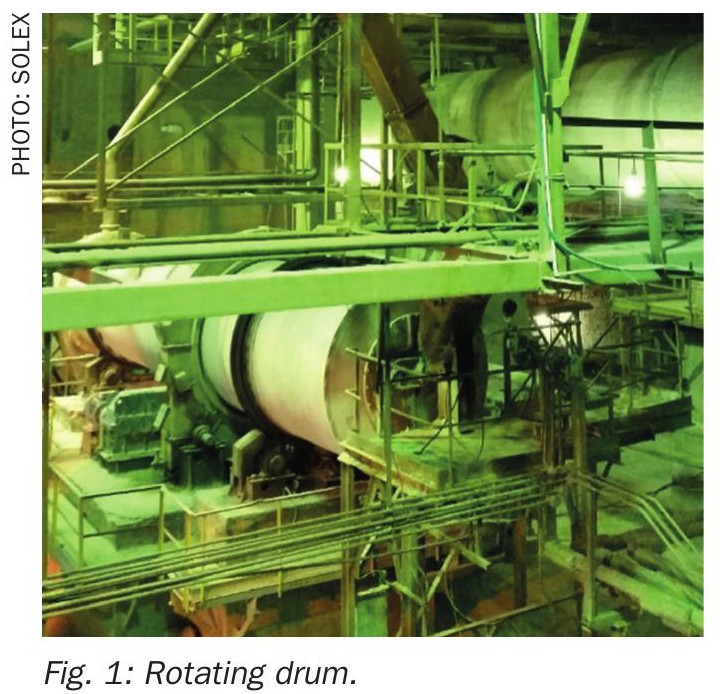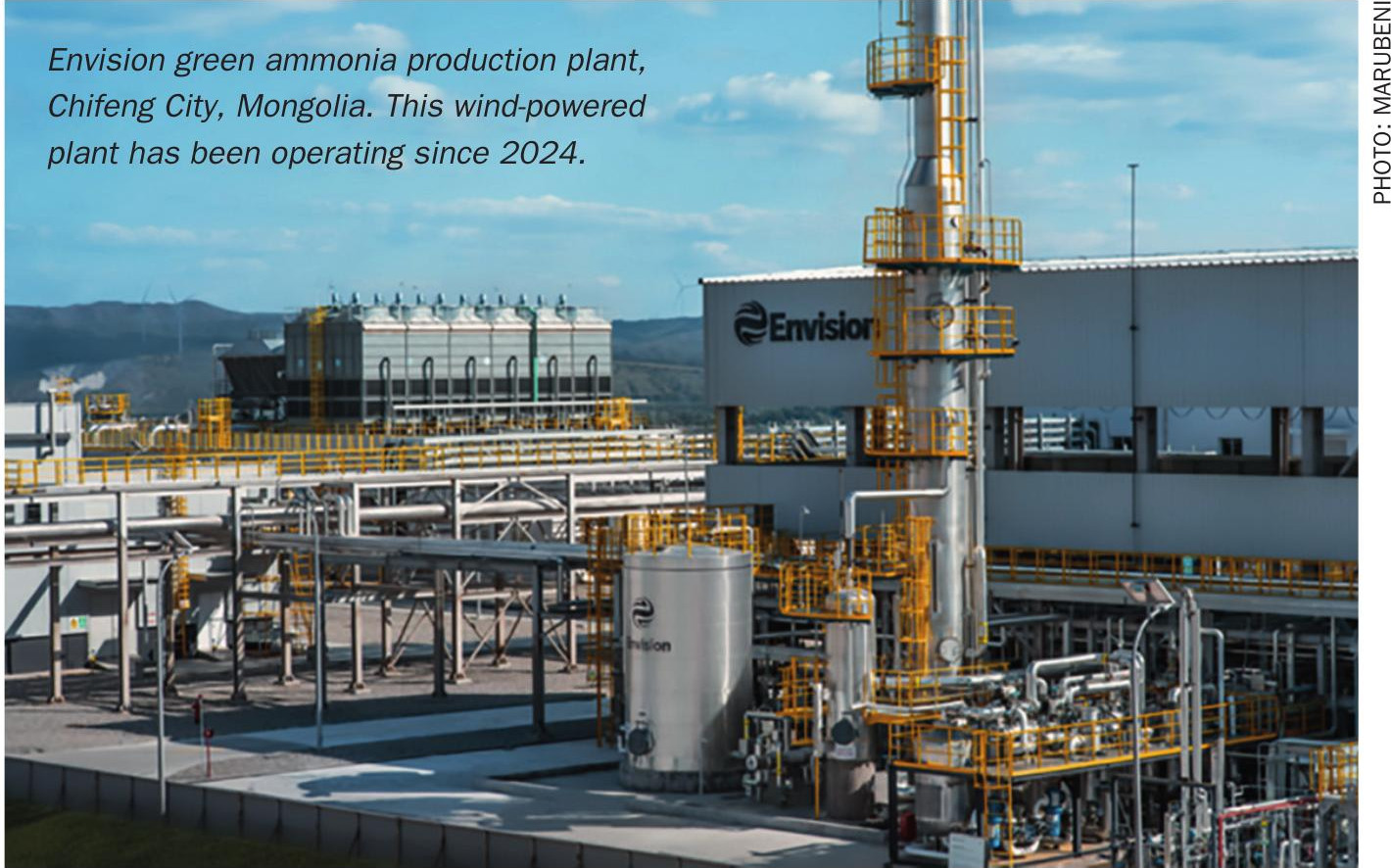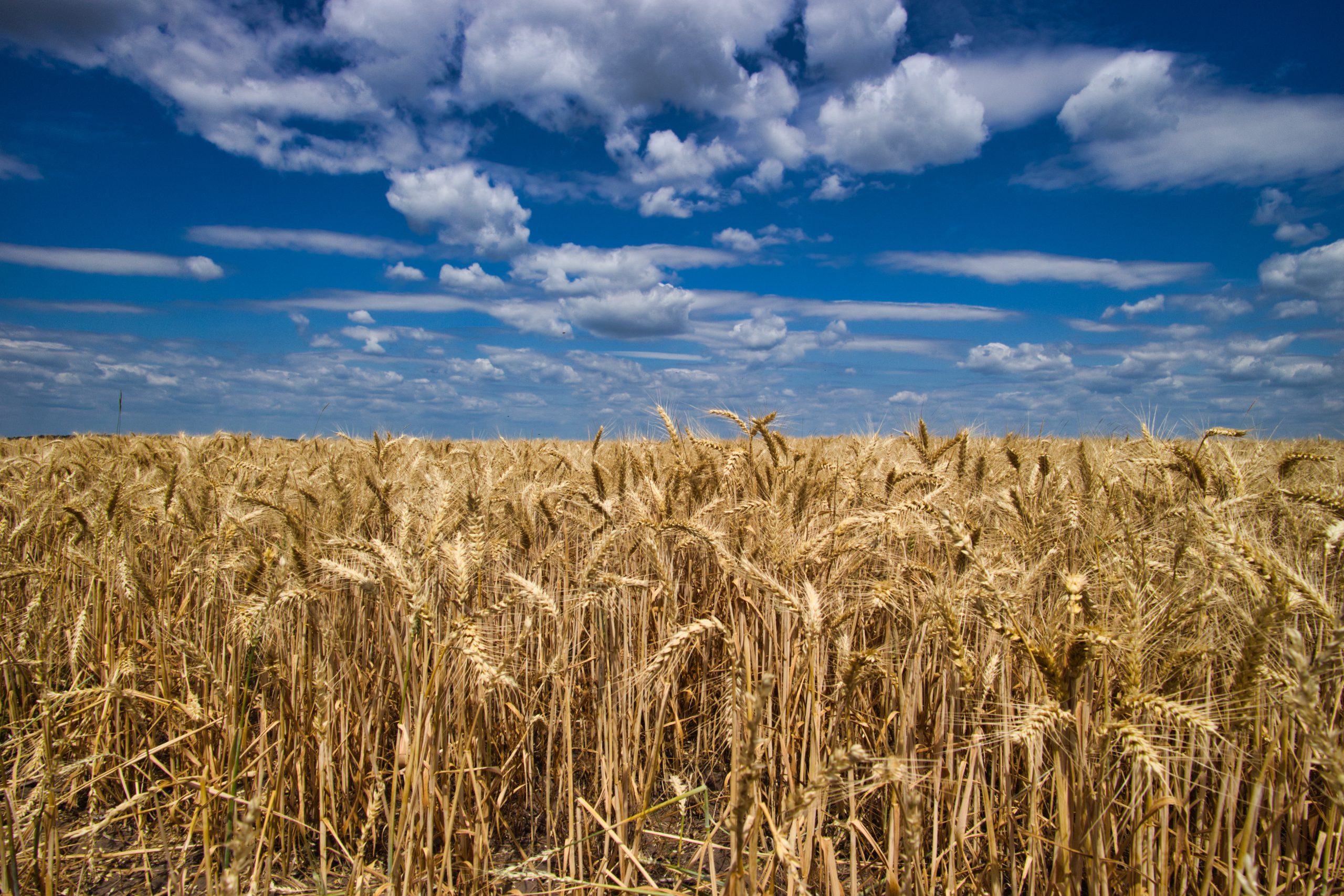Fertilizer International 499 Nov-Dec 2020

30 November 2020
Polysulphate: A unique fertilizer for soybean
AGRONOMY AND PRODUCTS
Polysulphate: A unique fertilizer for soybean
Across all the world’s major soybean-producing regions, more and more farmers are now choosing to include Polysulphate in their soybean fertilization strategies. Patricia Imas, ICL’s chief agronomist, explains how this new product benefits both crop yield and quality.
Economically, the soybean (Glycine max) is the most important bean in the world, providing vegetable protein and oil for millions of people to eat and ingredients for manufacturing hundreds of chemical products. This annual legume of the pea family (Fabaceae), being a rich and cheap sources of protein, has become a dietary staple for people and animals in many parts of the world.
Soybean nutrient needs
Soybean’s demand for nutrients varies according to its growth stage. Generally, the amount of nutrients needed to support growth increases as the soybean plant accumulates biomass. Nutrient demand eventually reaches a maximum during seed fill. Soybean crops therefore need a prolonged, adequate and balanced supply of plant nutrients to maintain healthy growth and achieve their yield potential. For example, a good soybean crop yielding 4 t/ha can take-up around:
- 230 kg/ha of potassium (K2 O)
- 90 kg/ha of sulphur (SO3 )
- 120 kg/ha of calcium (CaO)
- 73 kg/ha of magnesium (MgO).
Balanced and prolonged nutrition
Polysulphate is a new multi-nutrient fertilizer from ICL. Mined and produced in the UK, this natural mineral product (polyhalite) has a low carbon footprint and is approved for organic agriculture. Polysulphate contains four nutrients – sulphur, magnesium, potassium and calcium – in the following amounts:
- 48 percent SO3
- 6 percent MgO
- 14 percent K2 O
- 17 percent CaO.
“Polysulphate is especially suitable for application to soybean crops, as it provides an adequate and balanced supply of four essential nutrients – S, K, Mg and Ca – in just one application.”
All these nutrients are in sulphate (SO4 ) form. Additionally, Polysulphate is low in chloride, has a very low salinity index and does not affect soil pH.
Being a natural crystalline material, Polysulphate also has a unique dissolution pattern – gradually releasing its nutrients after being applied to the soil. Its prolonged-release characteristics mean that Polysulphate behaves as a fresh supply source throughout the growing season, providing four nutrients to the growing crop. Its nutrient release pattern matches plant uptake, thereby minimising the risk of loss of sulphate through leaching.
Polysulphate is especially suitable for application to soybean crops, as it provides an adequate and balanced supply of four essential nutrients – S, K, Mg and Ca – in just one application. The product steadily releases a continuous supply of each of these key nutrients to the growing soybean plant.
Key advantages
The main advantages of using Polysulphate in soybean fertilization are:
- It combines better nutrition with higher operational performance and efficiency.
- It supplies mobile calcium and magnesium to the soil profile, correcting common deficiencies for these nutrients in no-till systems.
- It reduces the risk of potassium-induced calcium and magnesium deficiencies. These can be frequent when high doses of potassium are applied to deliver higher crop productivity.
- Its gradual release pattern helps to lower losses due to nutrient leaching, especially for sulphur.
- Its prolonged release also provides soybean plants with more time to absorb the nutrients throughout their growth period.
- Its low salt index – due to the low amounts of chlorine and sodium naturally present – improves root growth and rhizobia nodule development, both essential for nitrogen fixation.
- It is versatile and can be used straight or in blends for furrow or broadcast fertilization.
Expected benefits
The application of Polysulphate to soybean has multiple benefits. As well as delivering higher overall yields, it can raise the plant’s photosynthetic rate and increase grain weights. By supplying more balanced nutrition, plants are healthier with better resistance to pests, diseases and drought. Furthermore, the uptake of other nutrients is also boosted. The sulphur in Polysulphate, for example, promotes the biological fixation of nitrogen, thus increasing nitrogen use efficiency (NUE).
An application rate of 150-200 kg/ha for Polysulphate is generally a suitable dose for soybean. There are two main recommendations for application to the crop. Polysulphate can be incorporated straight, directly into the soil before planting, or applied as part of a fertilizer blend at sowing.
Agronomic research results
Research trials are providing a large and growing body of evidence about the benefits of Polysulphate application to soybean. In Brazil, a trial showed that application in the planting furrow provided a highly viable source of sulphur for fertilizing soybean. An increase in productivity of more than 16 percent was observed, in comparison to fertilization without sulphur (Figure 1). Compared to other sulphur sources, the increase in productivity ranged from 9.514 percent.

In another soybean trial in Brazil, the application of Polysulphate as part of an NPK blend delivered a yield increase of 18 percent, versus the normal NPK blend (Table 1). This increased the profit to the farmer by 20 percent.

The positive effects of Polysulphate can be observed in soybean at an early stage (see photo) due to better crop establishment as a result of improved root development. This can be explained by the product’s ability to supply sulphur in ready-available sulphate (SO4 ) form, as well as the extra calcium and magnesium it provides in the blend.
In China, a soybean trial in Fujian province showed how fertilizing soybean with Polysulphate can increase the number of rhizobium nodules on plant roots which fix atmospheric nitrogen.
Excellent results were also obtained in other soybean trials in Brazil, Argentina, Paraguay, China and the US. All in all, these global trials have demonstrated that soybean crops show a very good response to Polysulphate, both in terms of yield and quality.

A better strategy for soybean nutrition and productivity
The benefits of balanced nutrition for soybean crops are becoming more clearly understood. Practical information on how to deliver balanced nutrition, in terms of fertilizer product selection and field application, is also being more widely shared. As a consequence, in all the major soybean-producing regions across the world, more and more farmers are now choosing to include Polysulphate in their soybean fertilization strategy.






